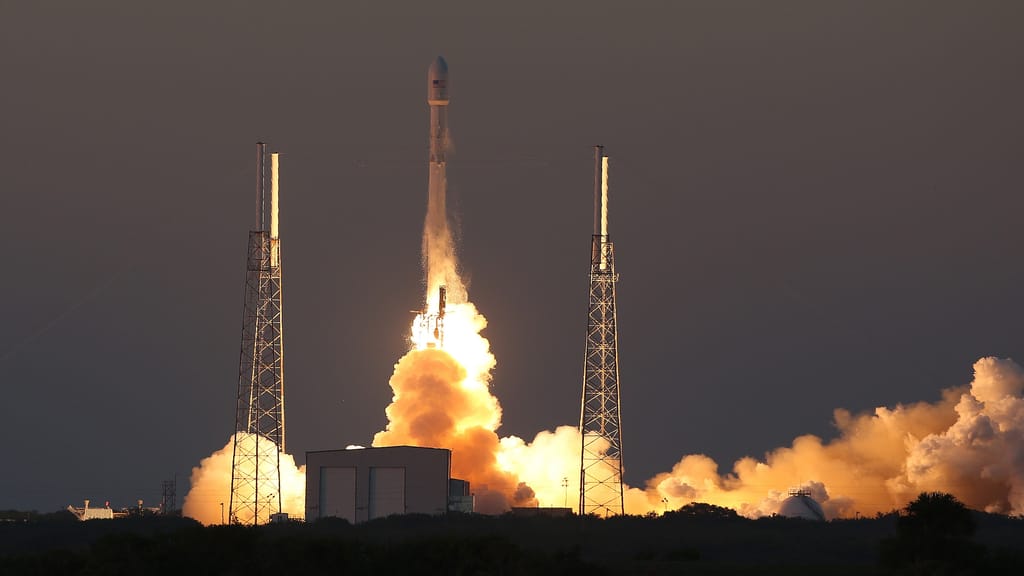
Experts claim a SpaceX rocket is on a collision path with the moon after whizzing through space for nearly seven years.
The booster was launched from Florida in February 2015. It was a part of an interplanetary mission to send a million-mile journey for a space weather satellite. (https://jeepadvices.com/)
The rocket’s second stage, however, became derelict after completing a long burn of its engines and sending the NOAA’s Deep Space Climate Observatory on its path to the Lagrange point — a gravity-neutral position four times distant than the moon and in direct line with the sun.
At this point, it was high enough that it didn’t have the fuel to return to Earth’s atmosphere. But it also “lacked the energy to escape the gravity of the Earth-Moon system”, meteorologist Eric Berger explained in a recent post on Ars Technica.
“So it has been following a somewhat chaotic orbit since February 2015,” Berger added.
Certain impact on March 4
According to space observers, the rocket weighs about four metric tons of “space junk”. It is expected to collide with the moon in a matter of weeks at a speed of about 2.58 km/s.
The Falcon 9’s upper stage will most likely impact the far side of the moon, near the equator, on March 4, according to Bill Gray. He builds software to track near-Earth objects, asteroids, minor planets, and comets.
The object “made a close lunar flyby on January 5”, according to the data analyst. But it will have “a certain impact on March 4.”
“This is the first unintentional case [of space junk hitting the moon] of which I am aware,” Gray added.
Due to the unpredictable effect of sunlight “pushing” on the rocket and “ambiguity in measuring rotation periods,” which may slightly alter its orbit, the exact spot the rocket will hit remains uncertain.
“These unpredictable effects are very small. But they will accumulate between now and March 4,” Gray wrote. Also, adding that more observations will require to fine-tune the impact’s precise time and location.
When asked if the collision will be visible from Earth, Gray says it will most likely go unnoticed.
“The bulk of the moon is in the way, and even if it were on the near side, the impact occurs a couple of days after New Moon.”
SpaceX rocket is on collision path with moon: “Not a big deal”
According to Harvard University astrophysicist Jonathan McDowell, the impact was due on March 4 but was “not a big deal.”
Nonetheless, space enthusiasts feel that the impact will yield useful information.
Berger believes the event will allow for the detection of subsurface material blasted by the rocket’s collision. Gray is “rooting for a lunar impact.”
“We already know what happens when junk hits the Earth; there’s not much to learn from that,” he said.
This comes after Elon Musk’s SpaceX launched Starlink satellites that nearly collided with Tiangong, a Chinese space station.
According to a note submitted by Beijing to the United Nations space agency this month, it had to maneuver to avoid colliding with one Starlink satellite in July and another in October.
Beijing’s complaint about Starlink prompted criticism of SpaceX’s billionaire founder Musk, who is widely admired in China, on Chinese social media.
